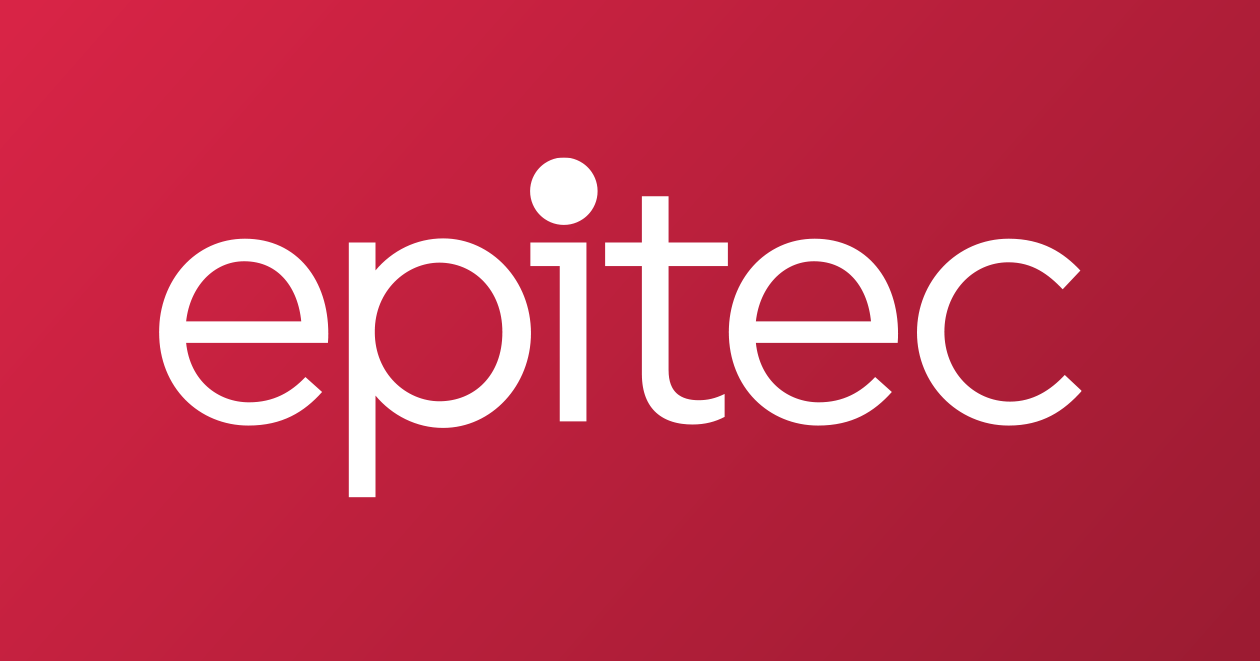Sure, you may have an impressive resume, but that’s only half the battle. When it comes to the interview, you will have to discuss your skills and background. Prevent a tongue-tied response by brushing up on the most commonly asked IT job interview questions.
- Tell me about …..?
This could be the interviewer asking about a previous job, your work ethic, or even yourself! The main thing to remember when answering these types of questions is to be to the point but be sure to provide enough information to make it clear to the interviewers what you are trying to convey.
- How do you stay current with technology?
Be ready to talk about how you stay current, especially if you have been out of the IT world for a while. Share what certifications you have kept up on or what user groups you have attended. Showing the interviewer that you are up to date on the newest technologies helps to show your interest in the field and position.
- What development tools have you used or languages have you programmed in?
This is most likely always going to be asked if the job you are interviewing for is a technical role. Be ready to explain everything on your resume and how you used them. Many interviewers complain about not getting enough detail, or having an interviewee not be able to explain what they have worked with in the past.
- Given this problem (problem is based upon job requirements), what solution would you provide. Explain your thought process.
Always have a few situations ready to discuss that you can explain from start to finish. An interviewer is looking for how you came across the problem (not enough information from development team/business, conflicting viewpoints on how something should be done, etc.) and how you solved it.
- What’s your greatest strength or weakness?
You may be asked these no matter what field you are in, and they are always tricky. The best way to answer is honestly, and with something to back them up. Make sure you are talking about your strength without being overly cocky, and showing the interviewers why that makes you a good fit. For the weakness, make sure you have a story to go along with it, to show why it’s a weakness and how you turned it around.
- How do you work with your business users?
This is a big one, especially if you are going to be performing in a role where you are interacting with the business on a daily basis. Regardless, you will most likely have some interface with you business user/customer, so remember to share times when you have been able to work well with them, solve their problems and come up with a solution. It is also important to share any praise or success you have had with them in the past.
- In your previous jobs, how did you handle (or handle working as part of) a team?
It’s important to show that you are a team player and you are able to work with all different kinds of personalities and skill sets. Be sure to express that you are able to get along with everyone, regardless of personality conflicts. Again, be ready to share an example of how you worked with a team and how you contributed.
- Walk me through or how would you …?
Many times in a technical interview, you will be asked given a problem and required to come up with the technical solution. These will all be different based on your skill set and the job, but always be ready to get on a white board and show how you would come up with the solution.
- Why should we hire you?
Be ready to talk about why you are a good fit and why you are interested in the position. I have seen many candidates ‘seal the deal’ by sharing why they are a good fit, and then asking for the job or next steps. It’s important to be direct and show the interviewer that you have what it takes to perform the job and help them to solidify their decision.
- Do you have any questions?
Always be prepared with questions for the interviewers. You can write a few out ahead of time based off of the project or job description. It is also ok to take notes during an interview. If something pops up that you are curious about, quickly jot it down and bring it up at the end.

